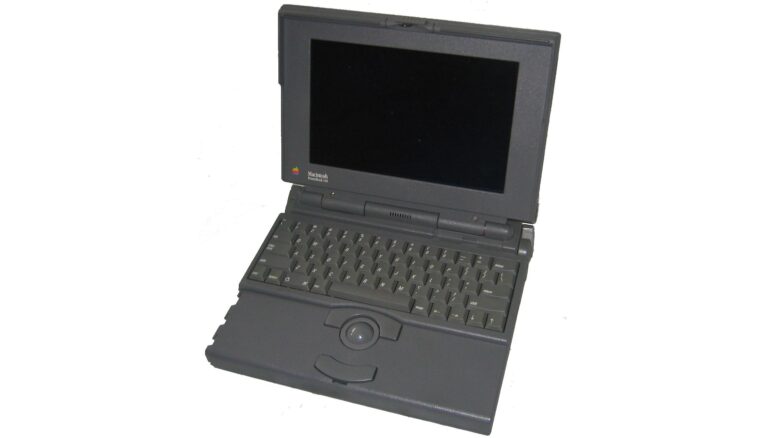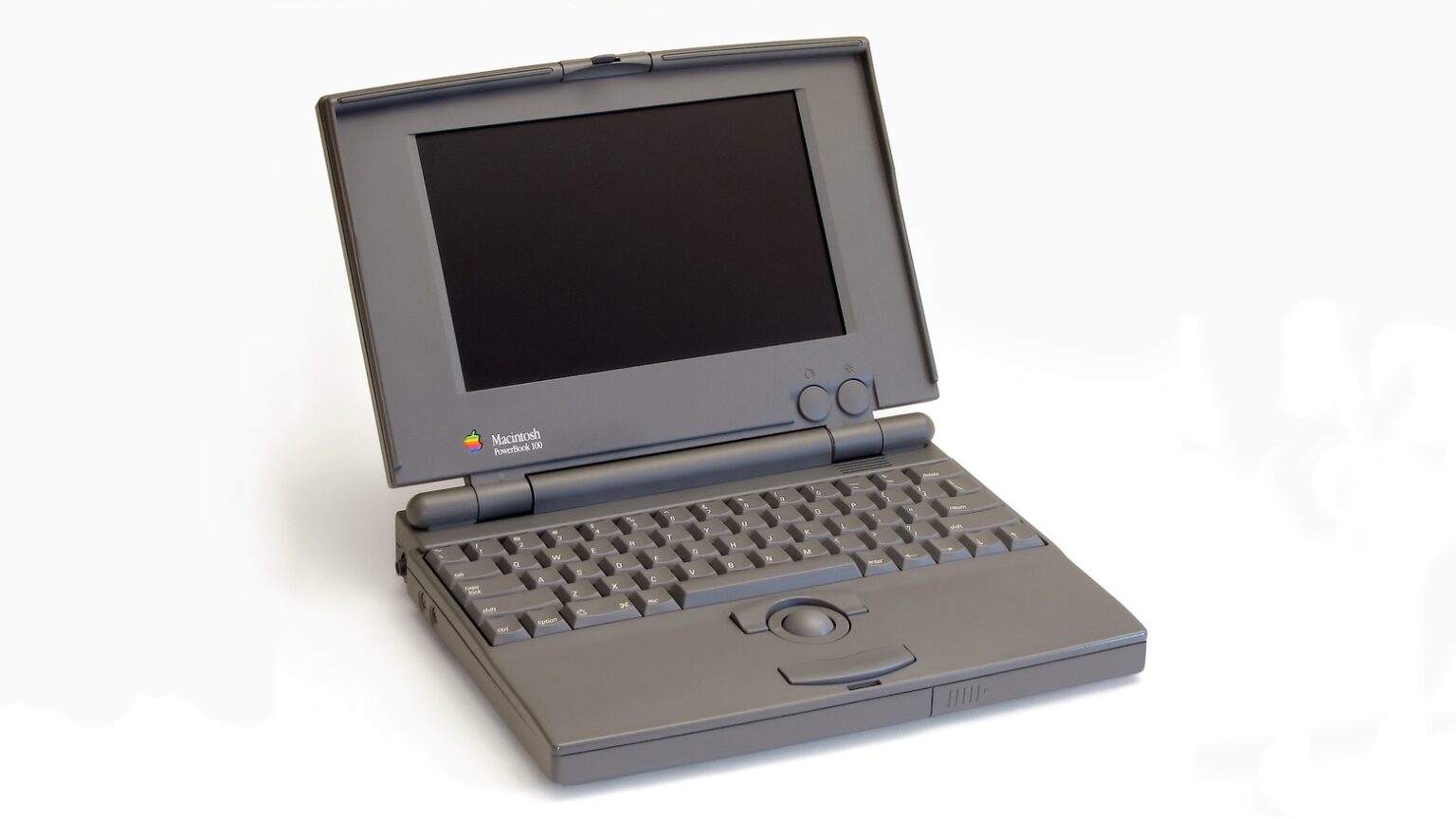Any list of the most revolutionary Apple products includes the original Mac, iMac, iPod, iPhone and iPad. Too often overlooked is the PowerBook 100 series, Apple’s first laptops.
On the anniversary of the launch, I can explain why the series was groundbreaking. I had a PowerBook 140, and it’s as important to Apple history as the original iPhone.
1991 was a very different world
The Mac and PC revolution took place in the 1980s, and computers were in common use by the early 1990s. But these were almost universally desktops. If you weren’t alive (or paying attention) back then, it might be hard to realize how slow laptops were to evolve. I was at a tech school at that point and never saw one on campus until about 1992.
Tech students had computers … at home. Think about that. No iPhone, no iPad. You have one computer and it stays permanently at your house.
Computer labs on campus were full of Macs running Microsoft Office. We carried our files around on floppy disks between computers.
Enter the PowerBook 100 series
I’d been a Mac user for years, so I was blown away when Apple launched the PowerBook 100 series on October 21, 1991. It was a Mac I could use on campus and then take home at the end of the day.
I immediately started saving my money to buy one. And that took a while, because the PowerBook 140 I had my eye on cost an eye-watering $3,199. That’s $6,970 in today’s dollars. It took me more than a year to save up enough money, and I was able to get a deal on a used one from a guy who’d upgraded to the new PowerBook 145.

Photo: Wikipedia Commons
Using a laptop felt like driving a Lamborghini
Owning a portable computer proved enormously helpful in school. Spreadsheets were the original “killer app” for early personal computers, and Excel helped me sail through two quarters of accounting. I also took a seemingly endless series of lab classes, and wrote report after report on the notebook in Microsoft Word.
It’s hard to get across to people used to the iPhone just how amazing it was that the PowerBook 140 fit in my backpack along with multiple other textbooks. I could take it anywhere.
I had lab partners for many classes, and we all loved that we could get together and work on our report wherever we wanted. The library, meeting rooms … anywhere convenient. We didn’t have to meet at someone’s home because that’s where the computer was.
Even by 1992, I was the only person I knew who had a laptop. And one of very few on campus. People regularly came up and asked about it. It was like driving a Lamborghini – everyone who saw the PowerBook 140 was impressed and wanted to try it out.
People who grew up surrounded by iPhones, iPads MacBooks, etc., everywhere might not understand what it was like when a family typically shared one computer. (Which might or might not be online.) The PowerBook represented a dramatic shift — a device capable of making personal computing truly personal.
Apple innovation: Making a truly portable computer

Photo: Tomislav Medak/Flickr CC
The PowerBook 100 series was Apple’s first laptop, but not the first. Historians give that honor to the Osborne 1, a boxy machine that looked more like a suitcase than a modern laptop.
But Apple was the first with the shape that all modern notebooks use. In the same way that the iPhone set the design for smartphones, the PowerBook defined what a laptop looks like.
Yes, the 1991 models are clunky. But my 140 is a clamshell with a screen on one side and keyboard on the other. There’s a palm rest in front with a pointing device in the middle of it. No previous device offered that combination.
Don’t try to argue, “Duh, it’s the obvious design.” Before the PowerBook, I owned a TRS-80 Model 100, an early mobile computer that sold by the millions … and it looks nothing like today’s laptops.
PowerBook 100 to MacBook: We’ve come a long way
The PowerBook 140 was, of course, primitive by today’s standards. It came with a 9.8-inch monochrome screen at a paltry 640 by 400 pixels. It ran System 7 on a 16MHz processor and included a 20MB hard drive. And while today it might sound ridiculous that the 100 Series tipped the scales at 6.8 pounds, Apple’s previous try at a portable computer weighed almost 16 pounds.
For its day, the PowerBook 140 was a very portable, speedy computer. The go-anywhere 100 Series quickly captured 40% of all laptop sales because Cupertino had come up with the right design. And it almost single-handedly turned notebooks into mainstream technology.
Today’s MacBook models owe a tremendous debt to the PowerBook 100 series. Windows laptops do, too. Apple set the notebook computer on the right course when it launched these mobile Macs 31 years ago today.


